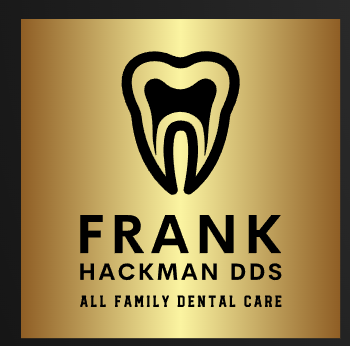Ultrasonic dentistry cleaning is a technique used in dental and surgical practices to remove bacteria and other contaminants from instrument surfaces. The process uses high-frequency sound waves to produce microscopic “bubbles” in the liquid, which then collapse with an enormous amount of force to loosen contaminants. This is a powerful scrubbing action that is incredibly thorough. It can also be a valuable tool for hard-to-reach areas.
Ultrasonic cleaners clean many different kinds of tools, from optical and scientific pieces to jewelry, lenses, and firearm components. Their advantages include a fast and thorough cleaning, as well as the ability to remove fingerprints and grease. In addition, ultrasonic agitation eliminates the need for harsh chemicals.
An ultrasonic dentistry cleaning system consists of a generator, a transducer, and a chamber for the object to be cleaned. The device is usually piezoelectric, which converts electrical energy into ultrasonic energy. Each of these parts has its own specific frequency and cleaning efficiency assessment. Using the correct ultrasonic cleaning method is the key to effective cleaning and reprocessing of delicate medical and dental instruments.
During the process of ultrasonic dentistry cleaning, microscopic bubbles called cavitation form in the solution. These bubbles are microscopic, because the size of the cavitation points is so small. However, the power of the sonic energy is so great that the cavitation bubbles can encapsulate a large area of a part, covering it tightly. With the right design and cleaning chemistry, this ultrasonic cavitation technique is extremely thorough.
To prepare the ultrasonic bath, the item to be cleaned is placed inside the chamber and then covered with a solution. Then, the ultrasonic transducer pulses, producing acoustic flow and generating high-frequency compression sound waves. After the sound wave passes, it produces millions of microscopic vacuum bubbles. As the vibrations continue, these bubbles become unstable, causing them to implode with an incredibly large amount of force.
Depending on the device, the process of cavitation can range from 5,000 K to 135 MPa, with pressures in the tens of thousands of pounds per square inch. Because these bubbles are so small, they can be very effective at removing surface dirt and debris. Additionally, the process is capable of reducing the amount of blood contamination by as much as 10-fold.
Another important component of the ultrasonic cleaning procedure is the detergent. Different detergents work better with different water qualities. A good detergent should be easy to rinse, provide adequate cleaning, and be able to be safely used in an ultrasonic cleaning system.
Choosing an appropriate ultrasonic cleaning machine depends on the size and shape of the object to be cleaned. You may want to buy a larger unit if you’ll be doing a lot of cleaning, or a smaller unit if you’re just removing a small amount of debris. Also, make sure the device is compatible with your cleaning solutions. If the detergents aren’t compatible, you may have to use other methods of cleansing.
Some of the most important aspects of the ultrasonic cleaning process are the power and chemistry of the detergent and the cavitation frequency. The combination of these elements allows for the most efficient cleaning and reprocessing of delicate medical devices.
Ultrasonic Cleaning in Dentistry – A Guide for Professionals





2 thoughts on “The Science of Ultrasonic Dentistry Cleaning”